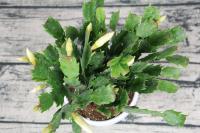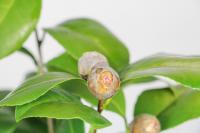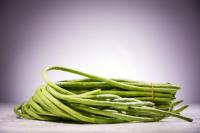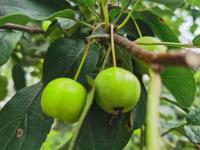1、 Insufficient light
Peppermint is a long sunshine crop. At ordinary times, we should ensure sufficient light. If the environment is dark, the leaves of the plant may turn black. In this case, it needs to be placed in the sunny place so that it can receive light all day. If the light is particularly strong, it can be properly shaded with 30% shading net
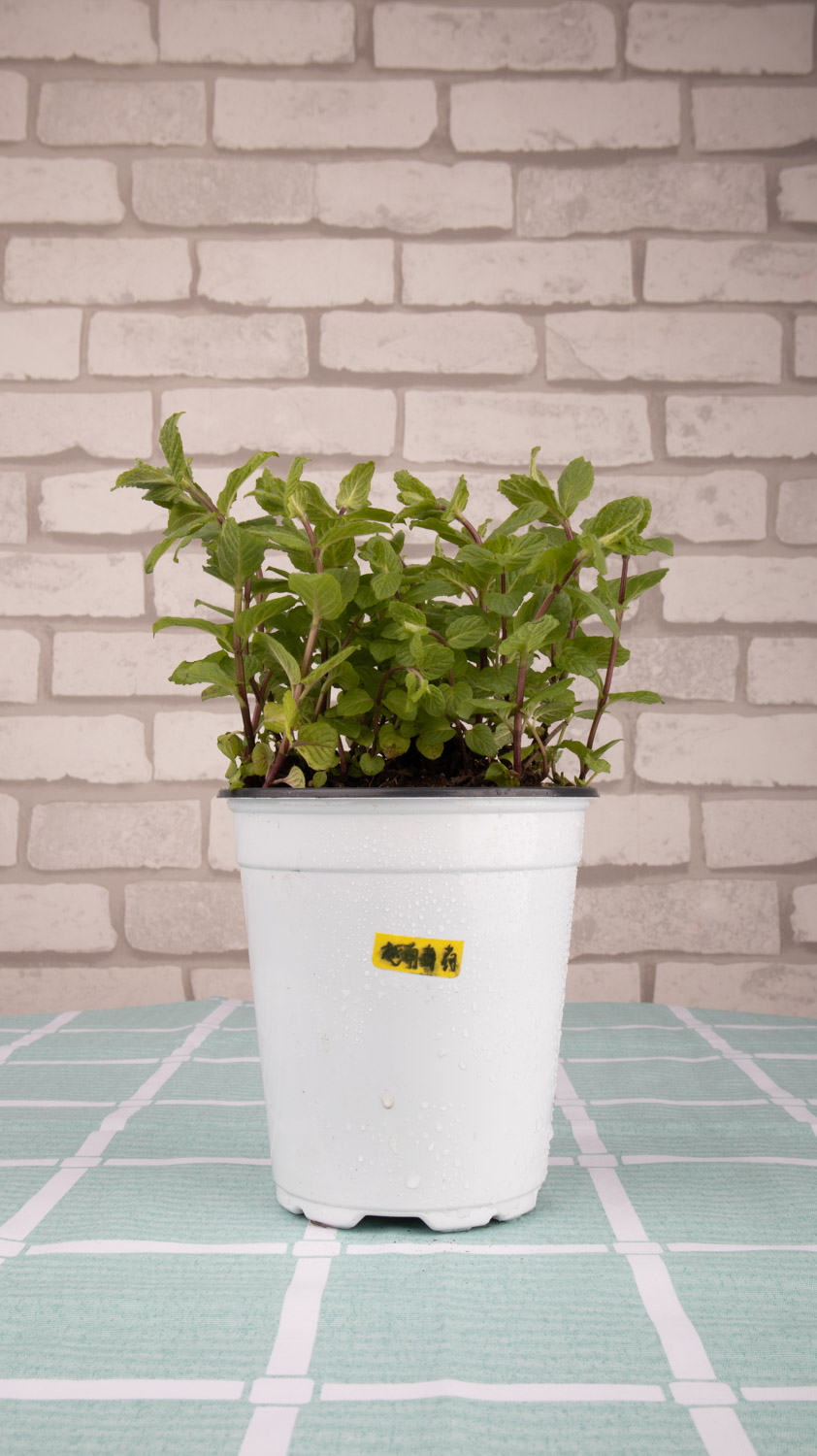
2、 Watering too much
Mint likes to be moist, and sufficient moisture is very helpful for its branches and leaves. However, if there is too much water and the environment is too humid, it may also affect the respiration of the roots and lead to the blackening of the leaves. In this case, it is necessary to strengthen air circulation and loosen the soil properly to let the water evaporate as soon as possible. When watering at ordinary times, we should also pay attention to controlling the amount of water. Don't pour too much, especially not ponding
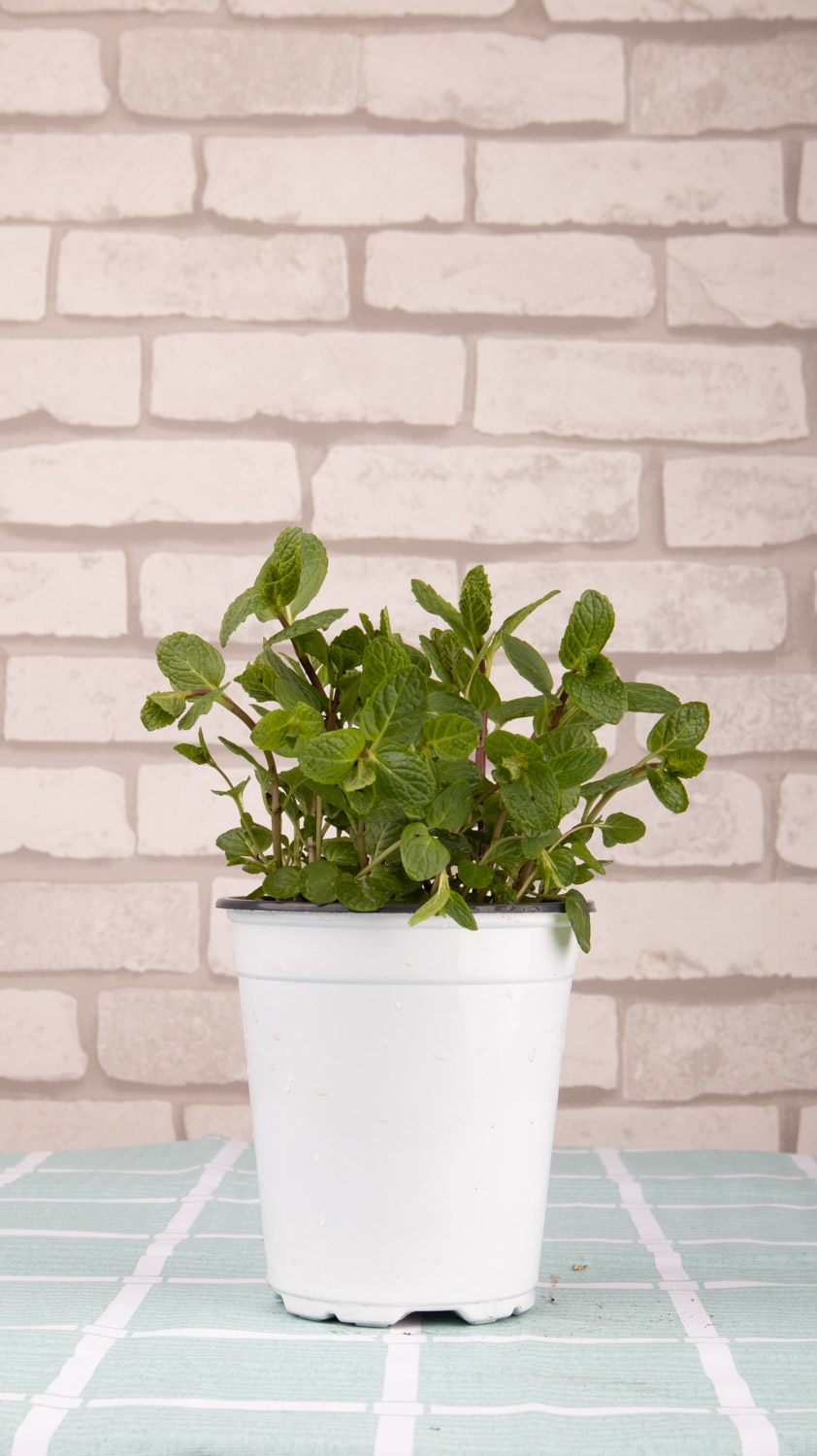
3、 Excessive fertilization
The demand for fertilizer of peppermint is not very high. As long as enough base fertilizer is applied during planting, topdressing is rarely required during growth period. If fertilization is excessive, it is easy to cause fertilizer damage, burn the roots of the plant and make the leaves black. In case of this problem, it is necessary to remove the pot in time. After taking the plant out of the pot, wash the old soil at the root, check the condition of the root, cut off the rotten place due to burns, spray a little carbendazim for disinfection, and prepare for replanting after air drying
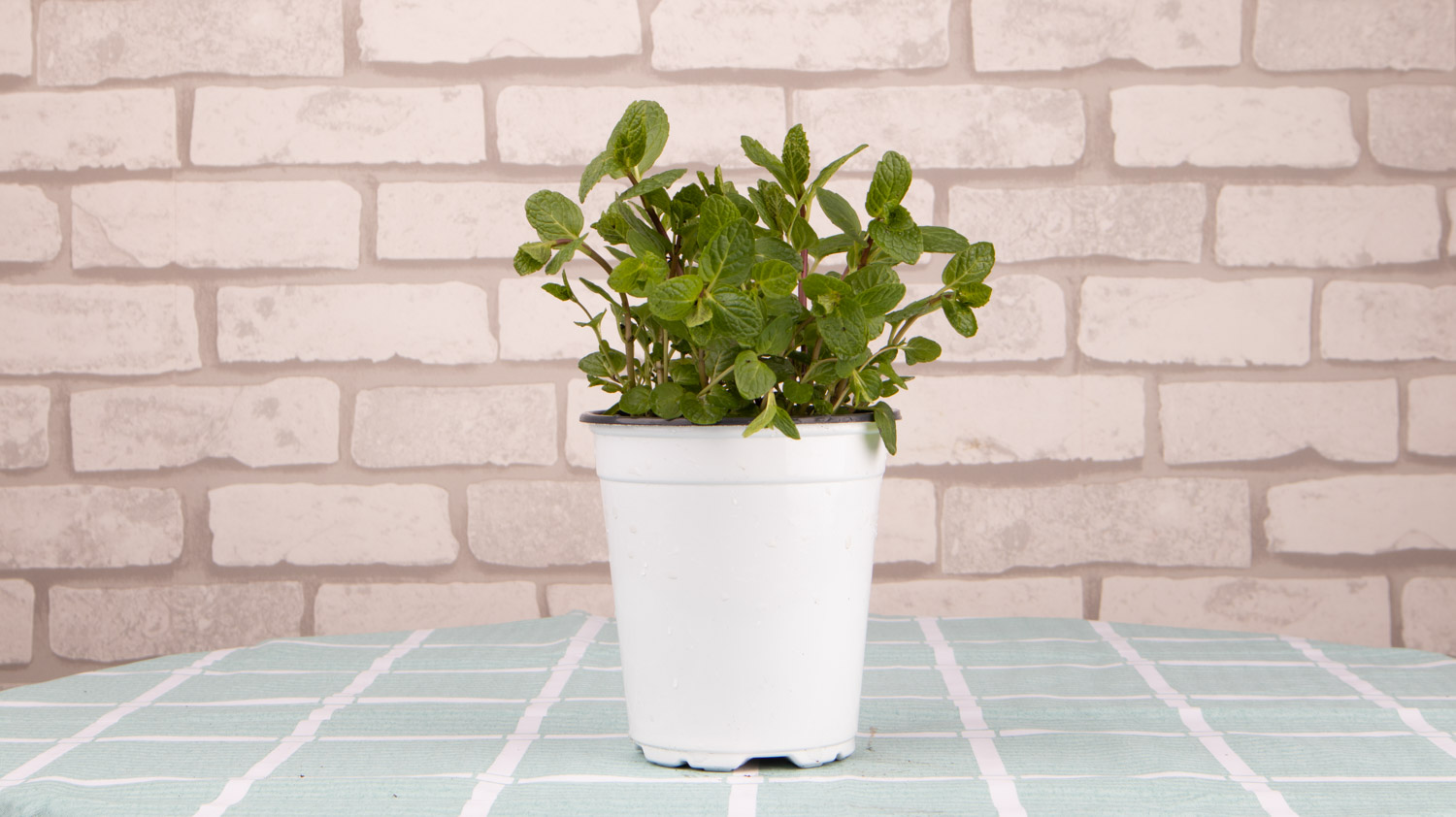
4、 Disease initiation
Some diseases can also cause the leaves of mint to blacken, such as rust and spot blight. These diseases are usually caused by fungi. There will be black spots on the surface of leaves. In severe cases, they will wither and fall, and the plant will die. When the plant is found to be sick, the diseased leaves need to be cut off immediately and sprayed with Bordeaux liquid and other drugs for control

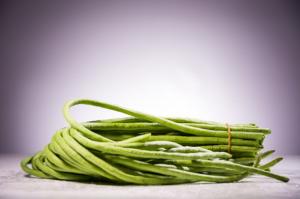 How does okra leaf h...
How does okra leaf h...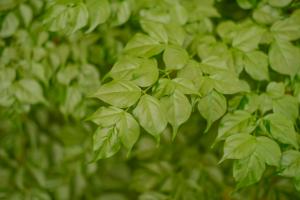 How to treat happy l...
How to treat happy l...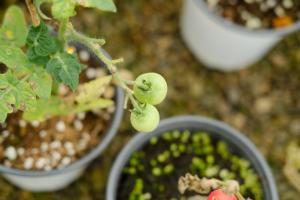 How is tomato Fusari...
How is tomato Fusari...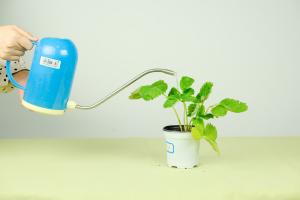 How is Strawberry Po...
How is Strawberry Po... How does Calla becom...
How does Calla becom... How to roll the leav...
How to roll the leav... Pest control of Phyl...
Pest control of Phyl...



























